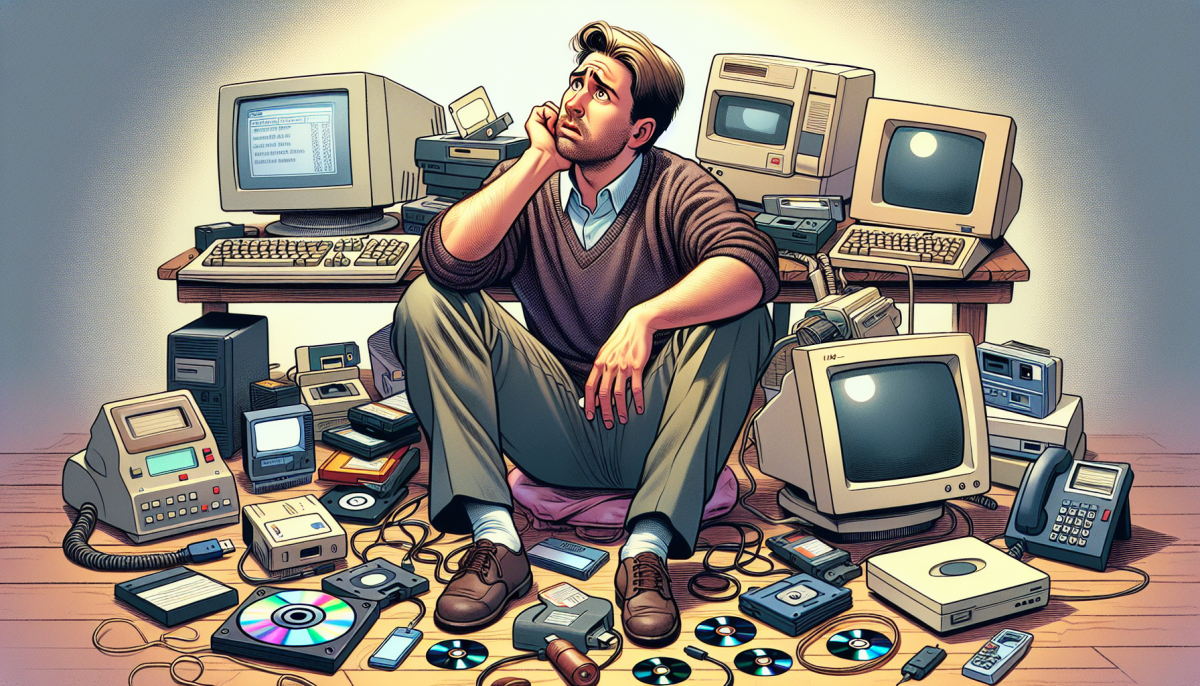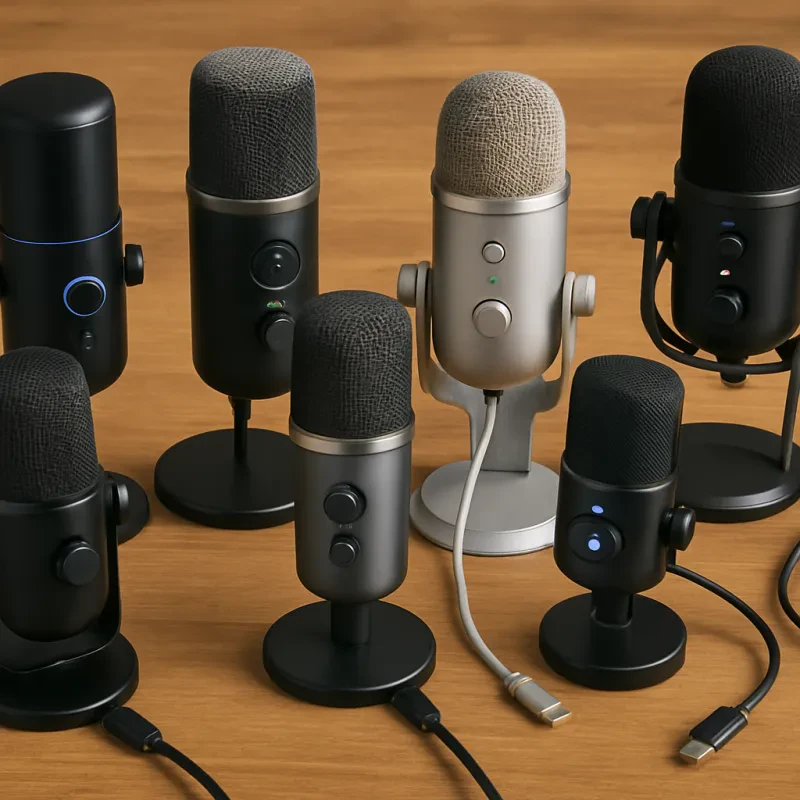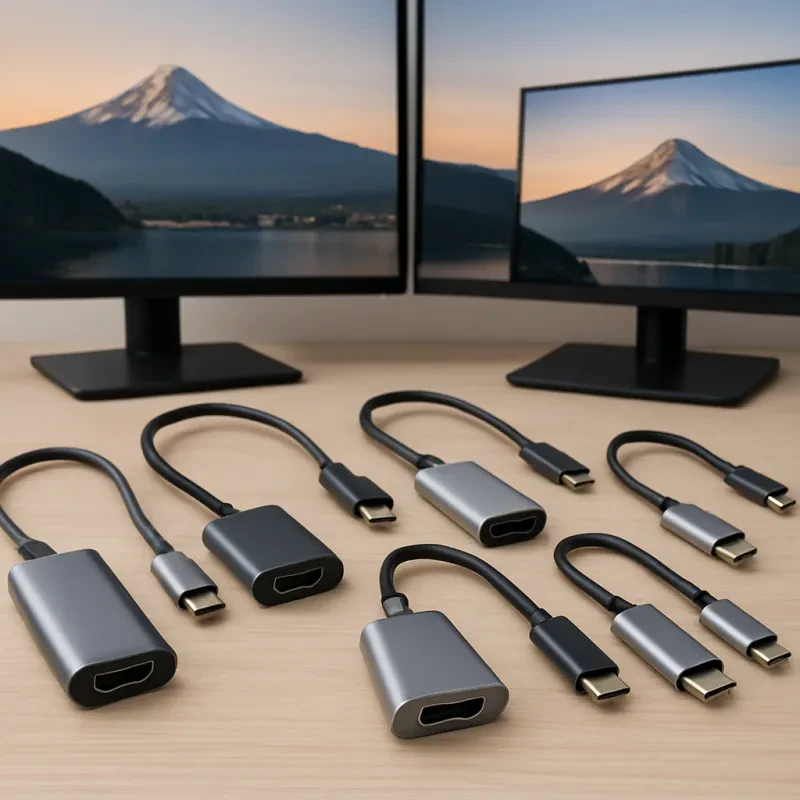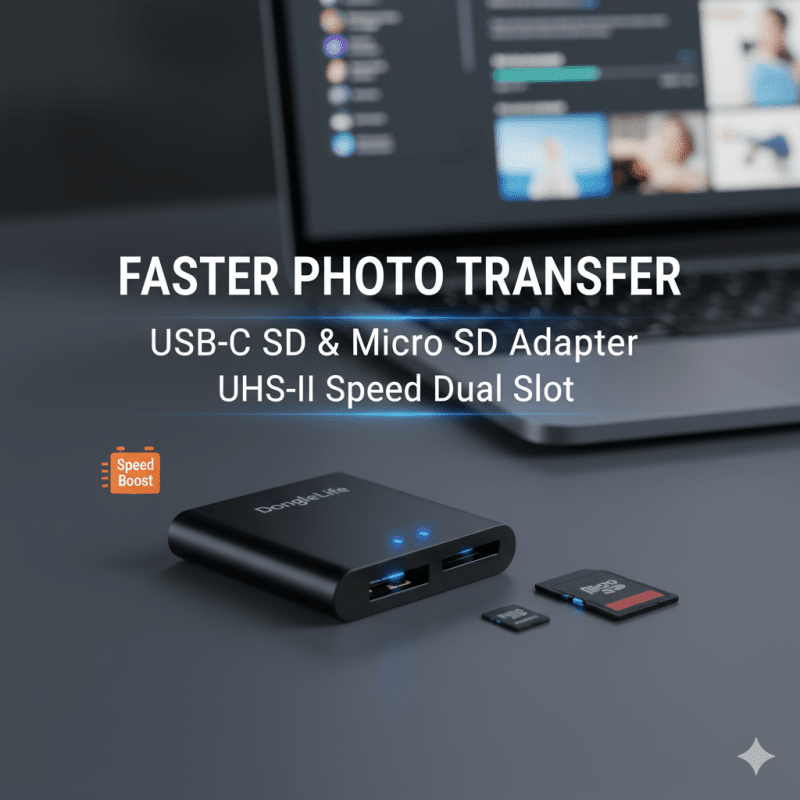The Pros and Cons of Switching to USB-C: Is it Worth It?
USB-C is the latest technology when it comes to data transfer and charging. It is a reversible connector that has become increasingly popular in the last few years. However, with any new technology, there are pros and cons to consider before making the switch. Here are the advantages and disadvantages of switching to USB-C.
The Pros:
- Faster Data Transfer: USB-C technology supports super-fast data transfer and has a speed of up to 10Gbps, which is much faster than the traditional USB 2.0 and 3.0.
- Reversible Connector: With USB-C, there is no need to flip the connector several times to get it right since it can go in any direction. This feature makes it more convenient and reduces the wear and tear on the connectors.
- Power Delivery: USB-C allows for fast charging of devices and can charge laptops, tablets, and smartphones. This feature makes it more versatile and convenient to use.
- Standardization: USB-C is fast becoming the standard in charging and transfer technology. Most new devices such as laptops and smartphones are now being manufactured with USB-C ports.
The Cons:
- Compatibility: Most old devices do not come with a USB-C port. If you have several devices that do not have a USB-C port, you will need to buy adapters to connect them to USB-C devices.
- Cost: USB-C cables and devices are more expensive than their traditional counterparts. This cost can be a big drawback if you have many devices that require USB-C connectivity.
- Cables: There are different types of USB-C cables available, and it's essential to get the right one for your device. If you use the wrong cable, it can damage your device or charge it slowly.
- Learning Curve: It may take some time to get used to USB-C technology, and the different types of cables may be confusing for some users.
To Switch or Not to Switch?
Overall, USB-C technology has more advantages than disadvantages. It is the future of data transfer and charging technology, and most new devices are being manufactured with USB-C ports. However, for those who have many devices that do not have a USB-C port, the cost of buying adapters and new cables can be a significant drawback. Ultimately, it depends on your needs and how much you're willing to invest in the technology.
Exploring the Alternatives: What are Your Options Without USB-C?
While USB-C may be convenient and fast, it is not the only option out there. Here are some alternatives that you can explore:
- USB-A: This is the older, rectangular-shaped USB port that you may be familiar with. It is still commonly found on many devices, including laptops, smartphones, and external hard drives. While it may not have the same transfer speeds as USB-C, it is still a reliable and widely-used option.
- Thunderbolt 3: This is a newer type of port that is similar to USB-C, but with faster transfer speeds and the ability to connect multiple devices through a single port. Thunderbolt 3 ports are found on many high-end laptops, including Apple's MacBook Pro.
- HDMI: If you need to connect your laptop to an external display, HDMI is a common option. While it cannot transfer data or power, it can transmit high-quality audio and video between devices.
- DisplayPort: Another option for connecting to an external display, DisplayPort is similar to HDMI, but with a smaller connector and the ability to transmit audio, video, and data.
- Ethernet: If you need to connect to a wired network, Ethernet ports are still commonly found on laptops and desktops. While it may not be as convenient as Wi-Fi, it can provide faster and more reliable internet speeds.
While USB-C may be the new standard, it is important to remember that there are still many reliable and useful alternatives out there. Consider your needs and do some research to find the best option for you and your devices.
Navigating the Future of USB: How Long Can You Put off the Upgrade?
As technology evolves, so does the need for efficient and reliable data transfer options. And when it comes to USB technology, USB-C is the latest upgrade that promises faster transfer speeds and more versatile use.
However, upgrading all your devices to USB-C can be a bit of a hassle and a hefty investment. So, the question arises, can you live without USB-C for now or should you start upgrading your devices?
What is USB-C?
USB-C is the newer and more efficient USB standard that was introduced in 2014. It is the successor to the traditional USB type A and type B that we have been using for decades. It features a smaller and reversible design, which makes plugging in your devices easier than ever before. Additionally, USB-C supports faster data transfer rates, higher power output, and the ability to transmit audio and video signals through a single cable.
Benefits of Upgrading to USB-C
Upgrading to USB-C comes with a wide range of benefits. Firstly, it offers faster data transfer speeds, which means you can transfer files and data at a much higher rate than the previous USB standards. This can be a game-changer for businesses and individuals that deal with large files on a regular basis. Secondly, USB-C can charge devices faster and provide more power. You can charge your phone or laptop faster than before and even charge some of your smaller devices directly through your laptop.
Can You Live Without USB-C?
Although USB-C offers many benefits, it is not necessary to upgrade all your devices right away. USB-C is still a relatively new technology, and many devices are yet to adopt it. Moreover, most devices still support the traditional USB type A or type B ports, which means that your older devices will not become obsolete anytime soon.
However, if you frequently transfer large files or use your laptop to charge multiple devices simultaneously, upgrading to USB-C can be a great investment. Additionally, if you are about to purchase a new device, make sure to check if it has a USB-C port. This way, you can ensure that your device is future-proofed and can handle the latest USB technology.
Final Thoughts
Upgrading to USB-C is a personal decision that depends on your needs and budget. If you deal with large data transfers and need faster charging speeds, USB-C can be a great investment. However, if your devices still work perfectly fine with traditional USB ports, you can put off the upgrade for a while longer. Nevertheless, with the increasing popularity of USB-C, it won't be long before it becomes the standard for all devices.
USB-C Hub Adapter for MacBook/iPad Pro
Expand Your MacBook/iPad Pro Connectivity with Our USB-C Hub Adapter
Product information
$23.23
Product Review Score
4.71 out of 5 stars
150 reviews



